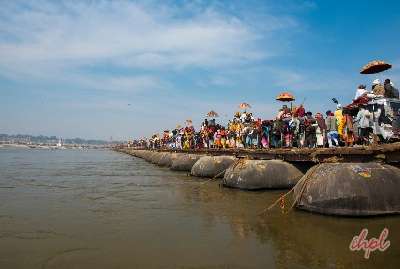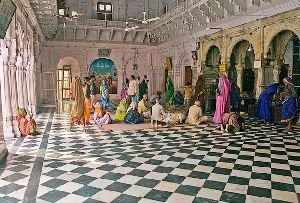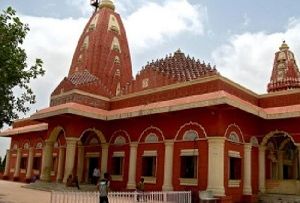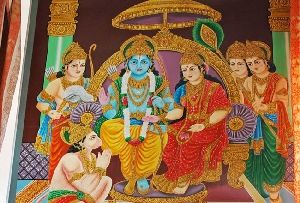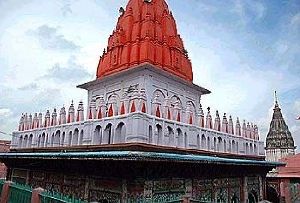History of Ayodhya, Uttar Pradesh, India is a fascinating one. According to the ancient history, Ayodhya was one of the holiest cities where the religious faiths of Hinduism, Buddhism, Islam and Jainism united together to build a place of enormous sacred importance.
Ayodhya History is a chequered one. In the Atharvaveda, this place was described as a city that was made by gods and was as prosperous as heaven itself. The powerful kingdom of ancient Kosala had Ayodhya as its capital. This city was also a significant trade centre in 600 BC. Historians have identified this place to be Saketa, a key Buddhist centre during the 5th century BC (it is a widely held belief that Buddha visited Ayodhya on several occasions) which it remained till the 5th century AD. In fact, Fa-hien, the Chinese monk, kept record of several Buddhist monasteries that he saw here.
Ayodhya has a historical significance for the Jain community too. This is the birth place of two important Jain tirthankaras who were born in the early centuries AD. Jain texts also stand testimony to the visit of Mahavira, Jainism’s founder to this city.
In the 7th century AD, Xuan Zhang (Hiuen Tsang), the Chinese monk, recorded spotting many Hindu temples in Ayodhya. In the epic Ramayana, the city of Ayodhya is cited as the birthplace of Lord Sri Rama, a Hindu deity who was worshipped as Lord Vishnu’s seventh incarnation. Ayodhya became a famous pilgrimage destination in the 1400’s when Ramananda, the Hindu mystic, established a devotional sect of Rama.
The 16th century witnessed a shift in power with Ayodhya coming under the rule of the Mughal Empire. Ayodhya was annexed in 1856 by the British rulers. Between 1857 and 1859, this place was one of the main centers where the sparks of the first war of Indian Independence originated. These sparks later led to a nationwide revolt of the Indian soldiers in opposition to the British East India Company that began in Calcutta.




